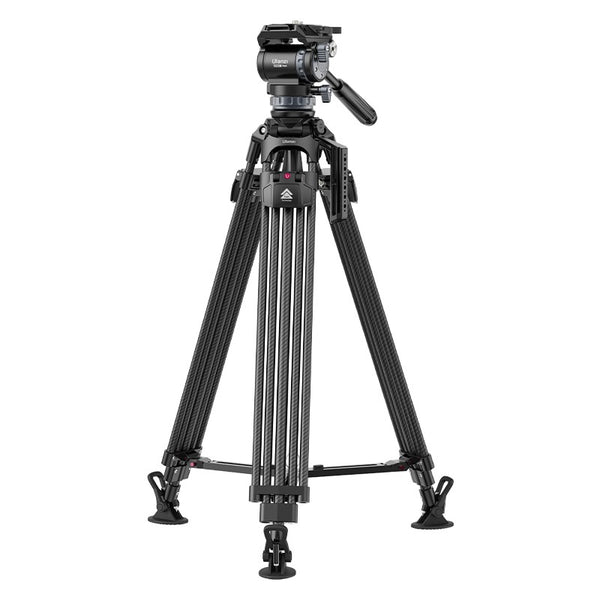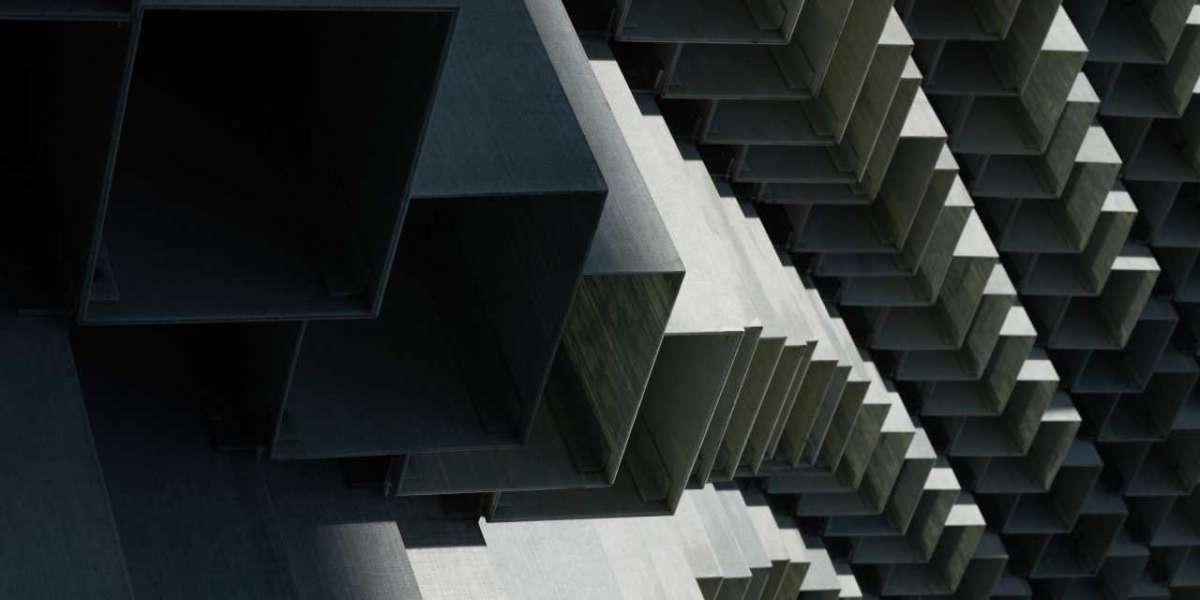When it comes to professional photography, having a reliable tripod is essential for capturing stunning, high-quality images. A field-tested durable tripod is a photographer's best friend, providing stability and support for their camera equipment in various shooting conditions. In this ultimate guide, we will explore the key factors to consider when choosing a field-tested durable tripod for professional use, ensuring that you make an informed decision that meets your specific photography needs.

Understanding the Importance of a Field-Tested Durable Tripod
A field-tested durable tripod is designed to withstand the rigors of outdoor and on-location photography. Whether you're shooting in rugged landscapes, unpredictable weather, or low-light conditions, a reliable tripod provides the stability needed to capture sharp, clear images. It also allows for precise composition and long exposure shots, making it an indispensable tool for professional photographers.
Key Considerations for Choosing the Right Tripod
When selecting a field-tested durable tripod for professional use, there are several important factors to keep in mind. These include the tripod's material, weight capacity, height, stability, and portability. It's crucial to assess your specific photography requirements and shooting style to determine which tripod features are most essential for your work.
Material and Weight Capacity
The material composition of a tripod greatly influences its durability and weight. Carbon fiber tripods are known for their lightweight yet sturdy construction, making them ideal for travel and outdoor photography. On the other hand, aluminum tripods offer excellent stability and are more budget-friendly. Additionally, consider the weight capacity of the tripod to ensure it can support your camera and lens setup without any risk of instability or damage.
Height and Stability
For professional photography, having a tripod with adjustable height and solid stability is crucial. Look for a tripod that can be easily adjusted to different heights to accommodate various shooting angles and perspectives. Furthermore, features such as a center column hook for adding extra weight and spiked feet for enhanced grip on uneven terrain contribute to the overall stability of the tripod.
Portability and Flexibility
Photographers who frequently work on location or travel for assignments require a tripod that is both portable and flexible. Consider the collapsed length and weight of the tripod for ease of transportation, as well as the ability to convert the tripod into a monopod for added versatility. Quick-release leg locks and a compact, foldable design are also beneficial for photographers on the move.
Field-Testing and Durability
One of the most critical aspects of choosing a professional tripod is ensuring that it has been field-tested for durability and reliability. Look for user reviews, product testing reports, and manufacturer specifications that attest to the tripod's performance in real-world conditions. A field-tested durable tripod should demonstrate resilience against elements such as wind, moisture, and temperature variations, guaranteeing its longevity and functionality in demanding environments.
By carefully evaluating these key considerations and prioritizing the durability and field-tested performance of a tripod, professional photographers can make a well-informed decision when selecting the ideal support system for their photography endeavors. The right tripod not only enhances the quality of your images but also provides peace of mind, allowing you to focus on capturing the perfect shot without any compromise on stability and reliability.








